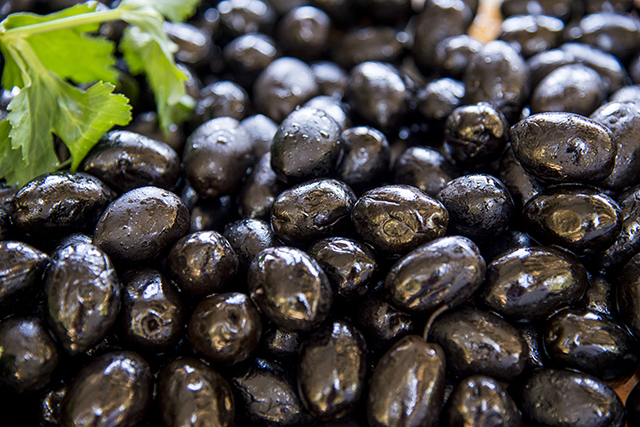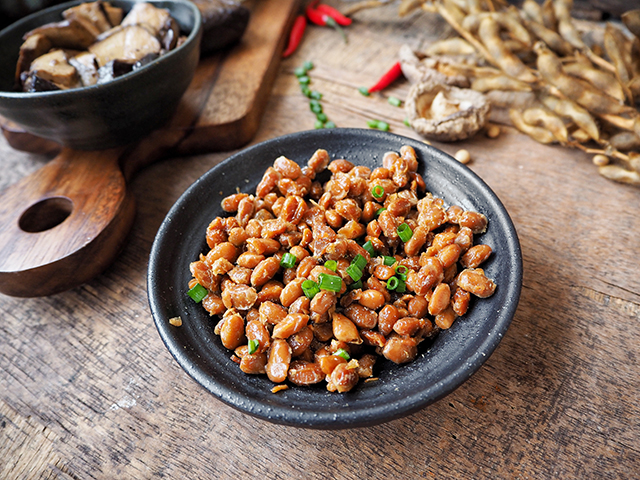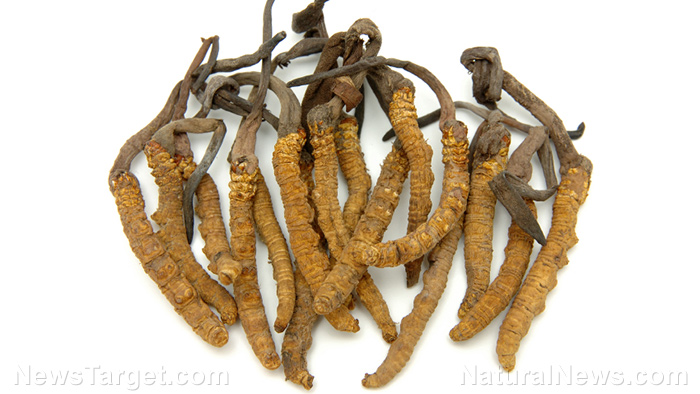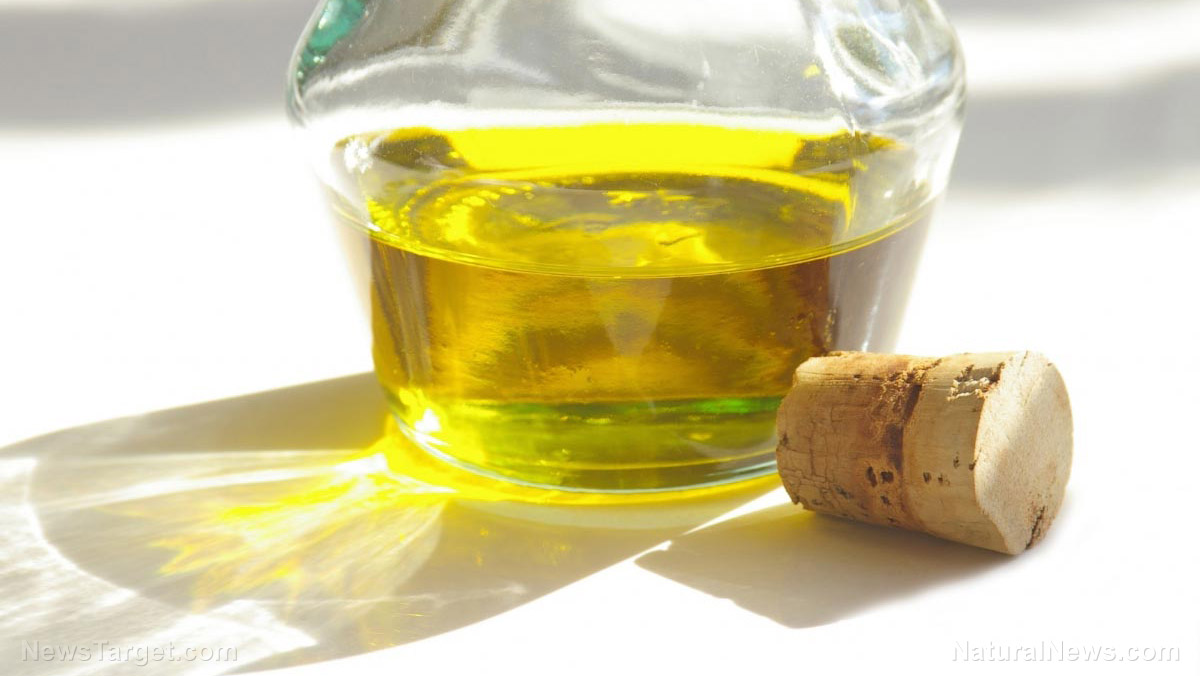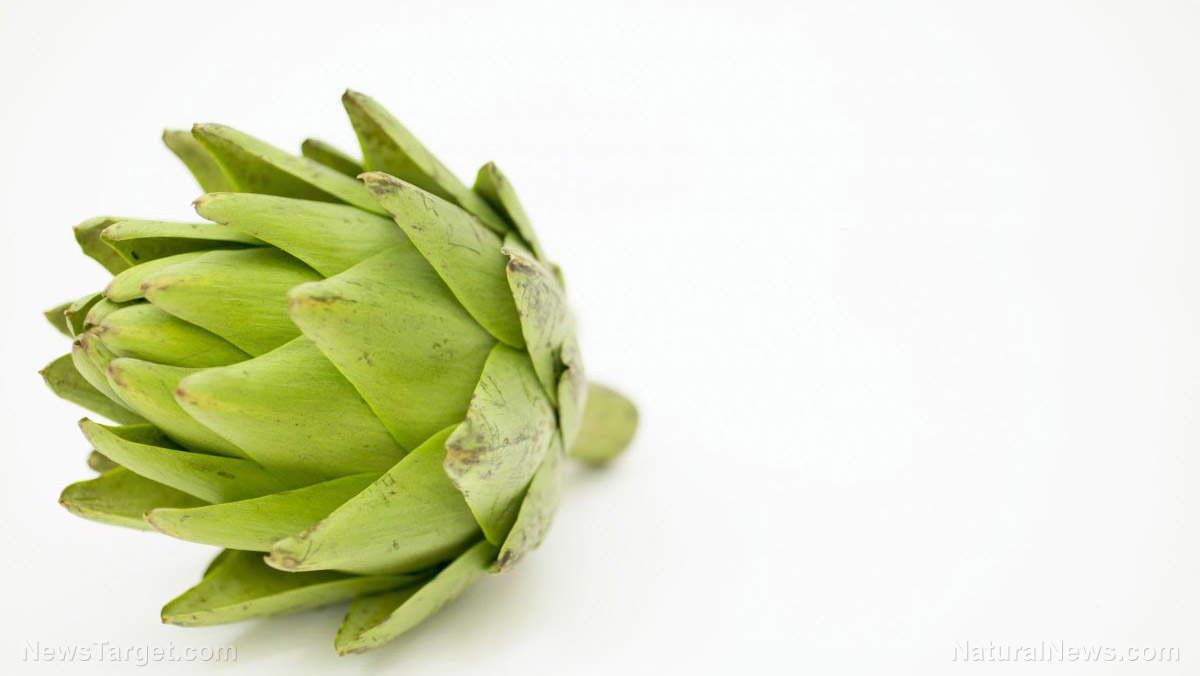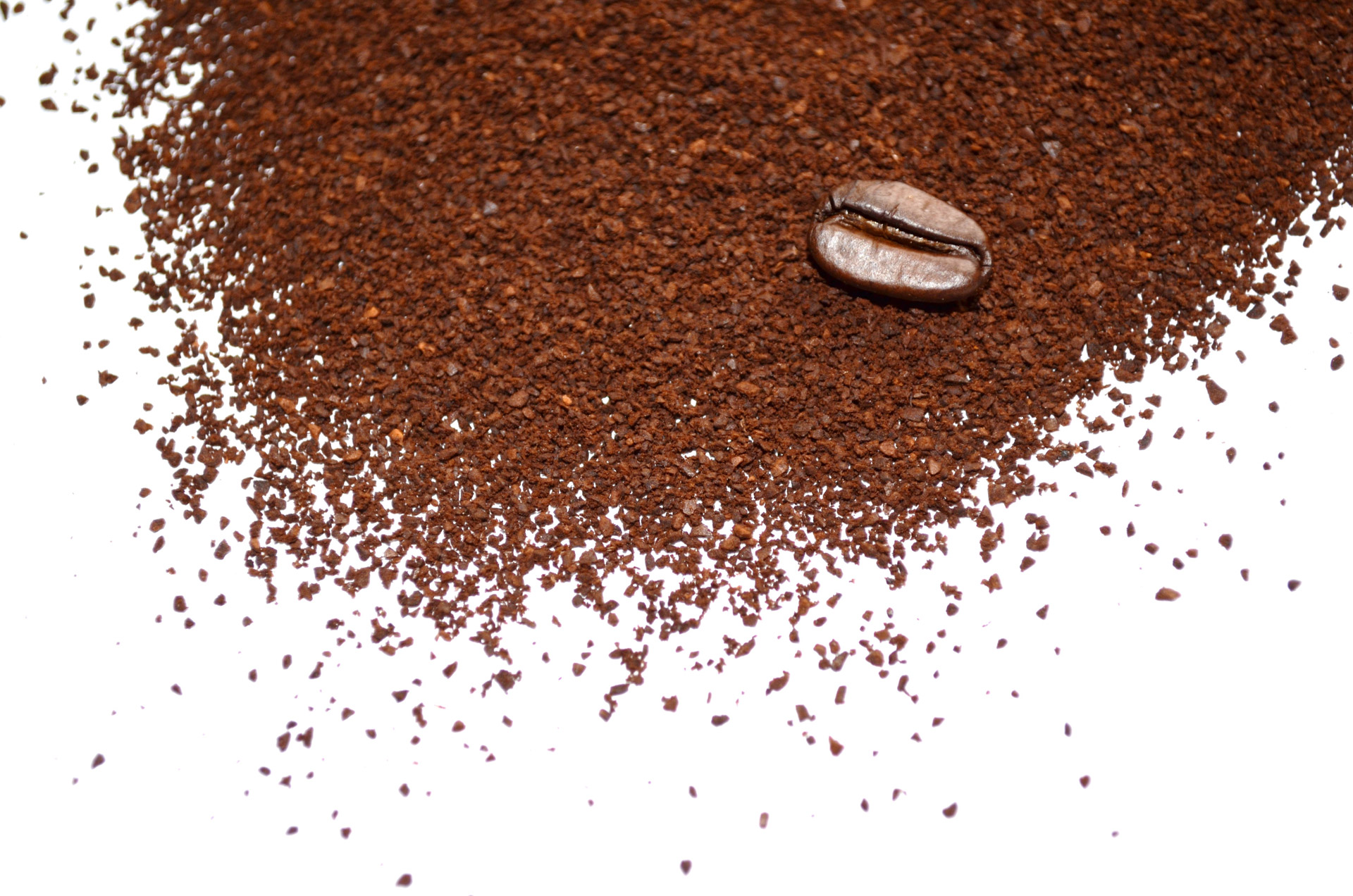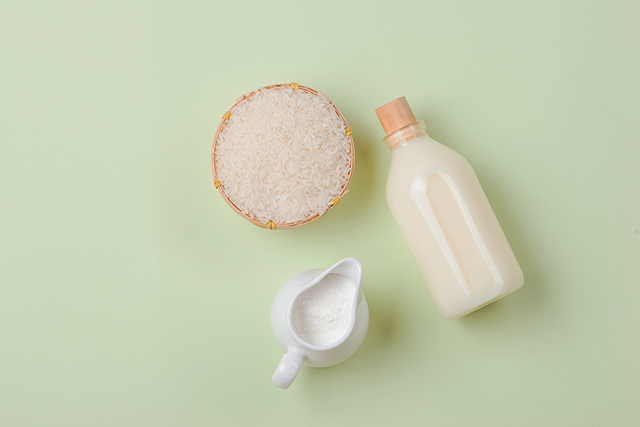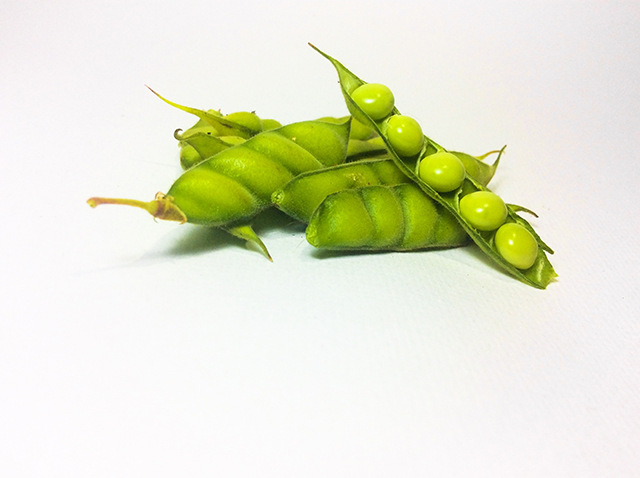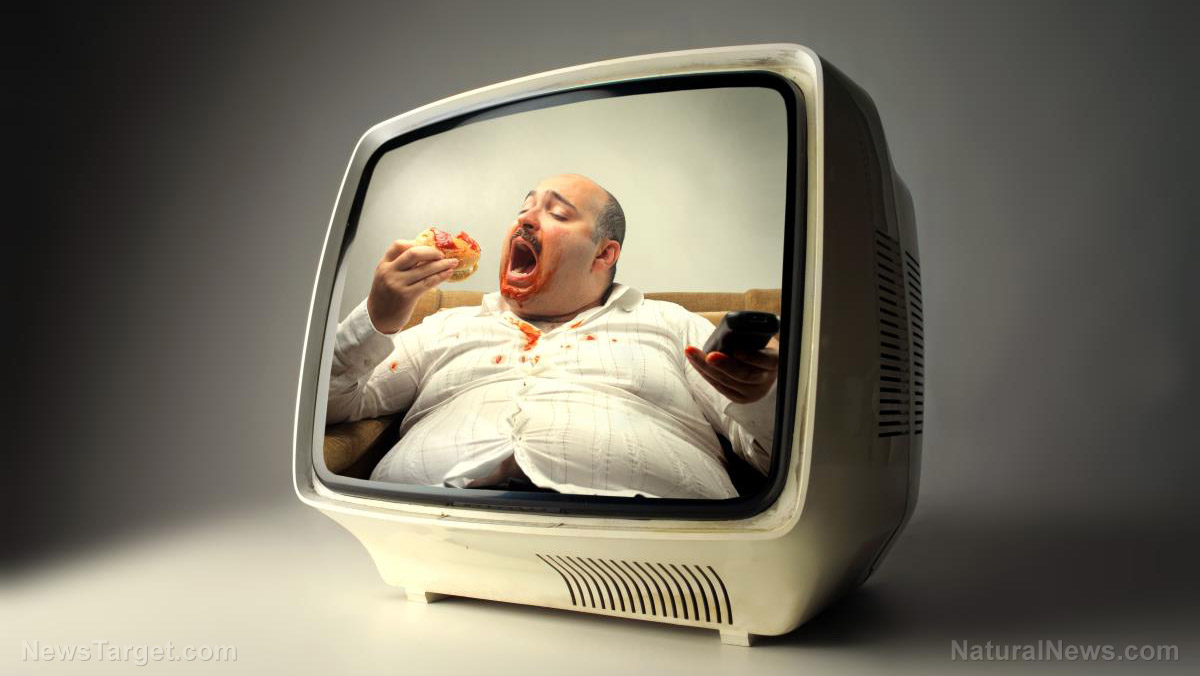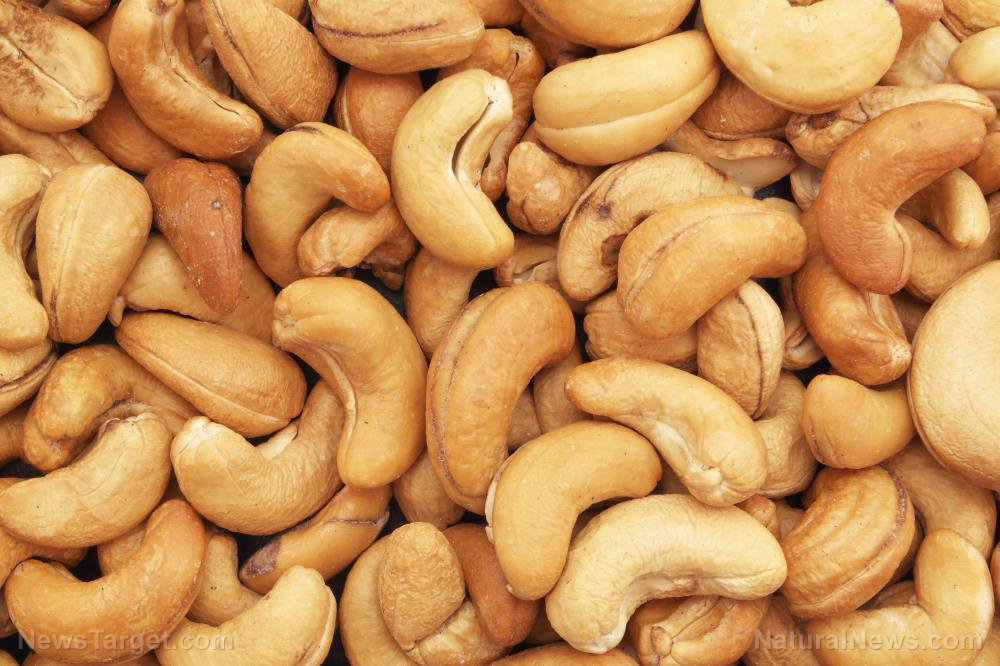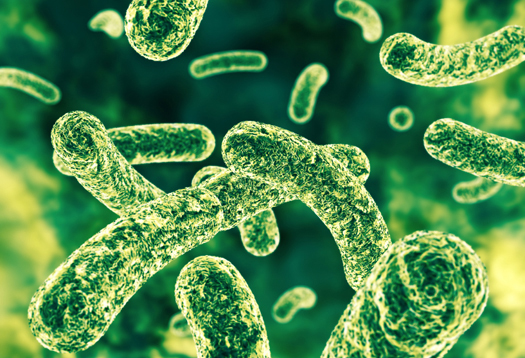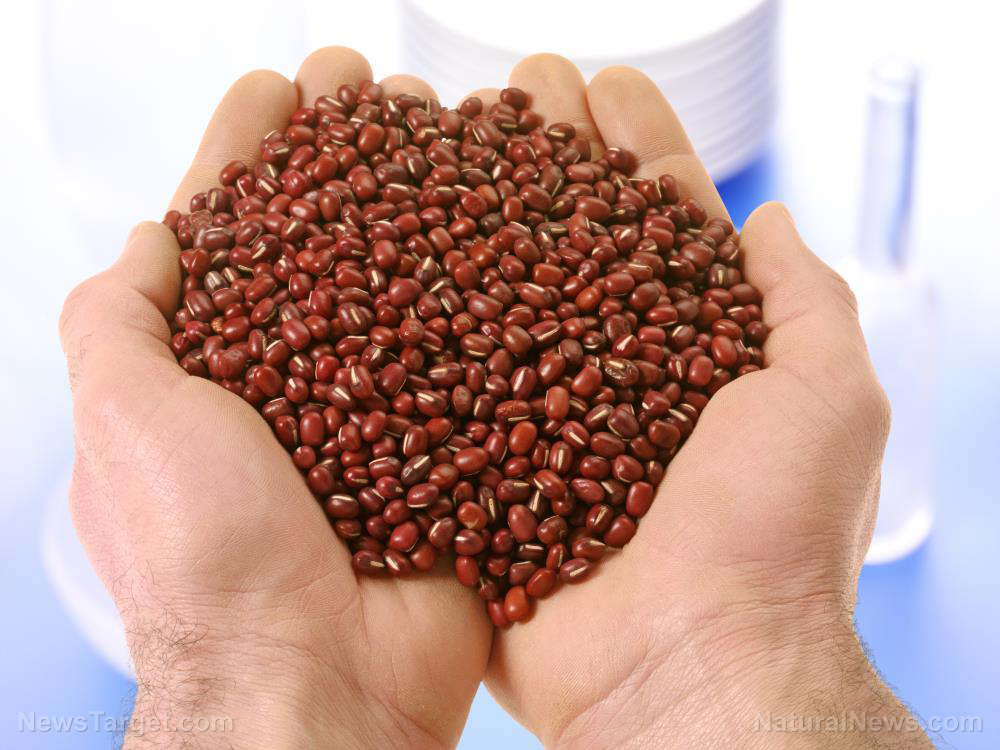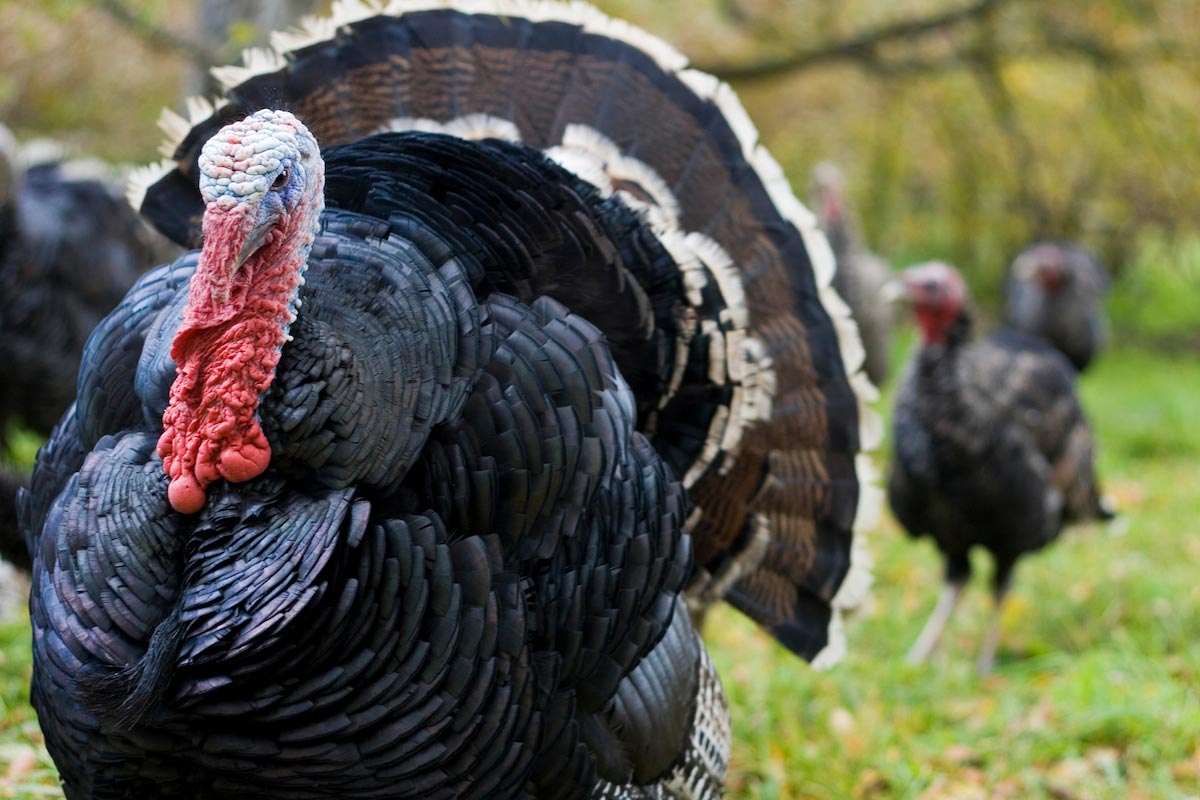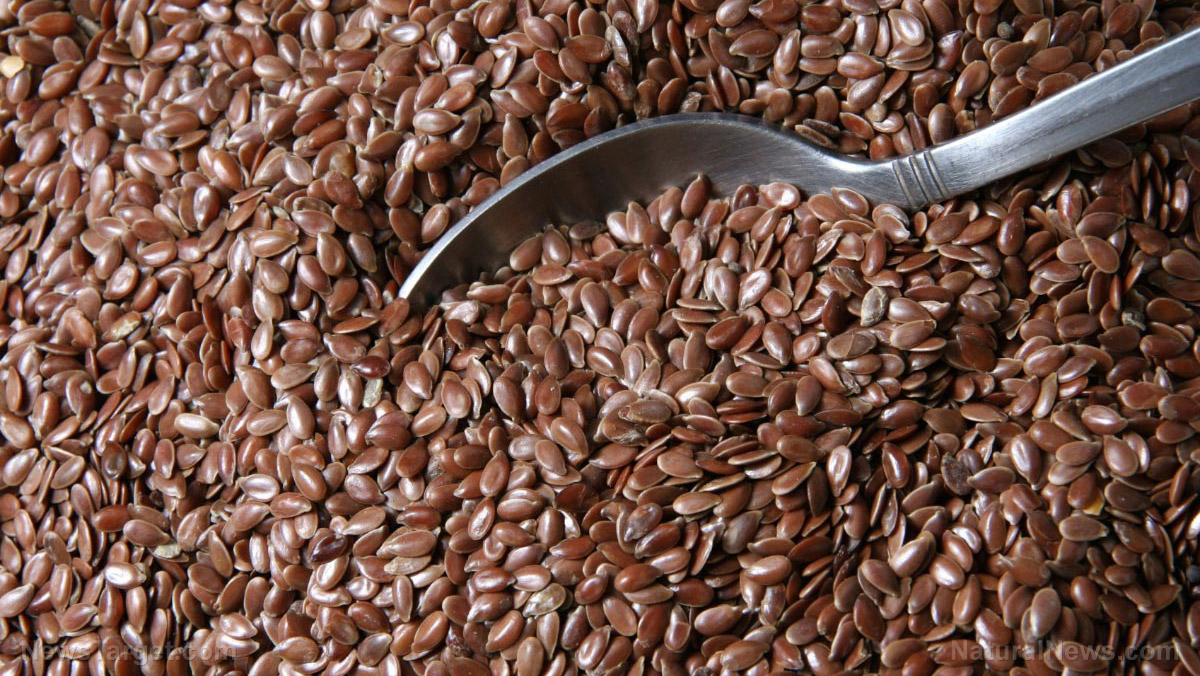Yummy for your tummy? Know what’s really in your favorite gummy bear
10/26/2017 / By Kristine Payne
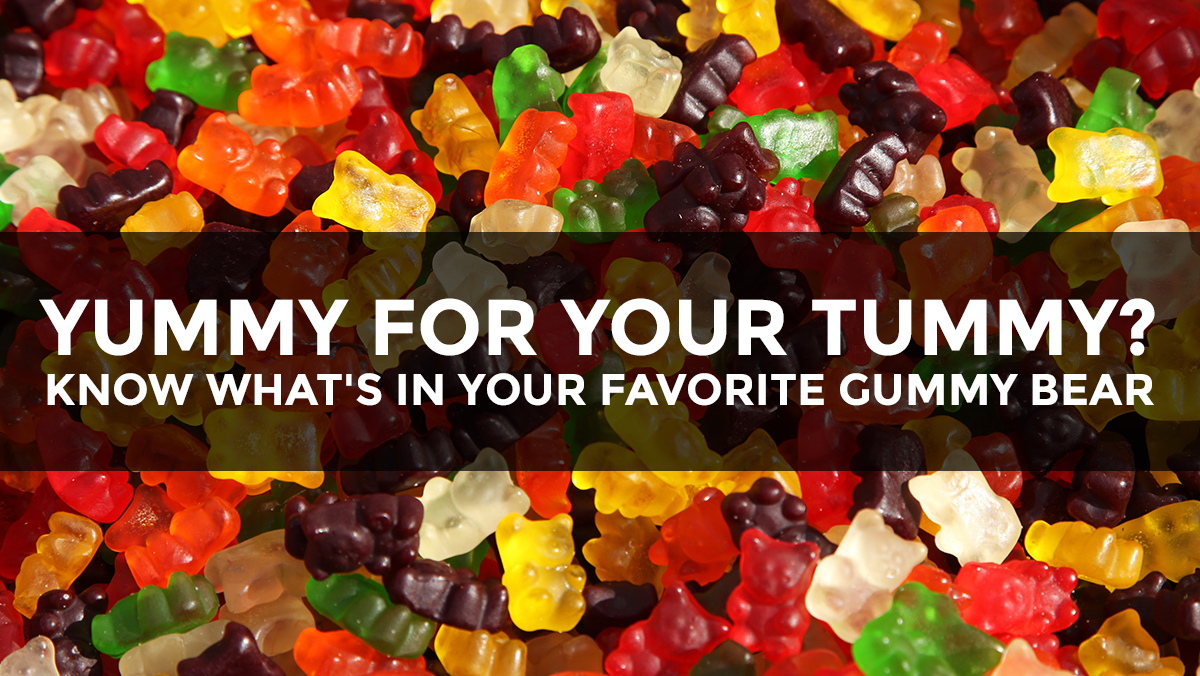
Gummy bears have been a beloved candy shop staple for decades, and our love for them shows no signs of waning. There’s just something to be said about these brightly-colored, sweet-tasting treats shaped like bears that make them so irresistible. Enterprising manufacturers know this, and that’s why there are well over a dozen gummy bear brands out there today. Most of these gummy bears may taste good but how “good” are they, really?
More often than not, those attractive colors and enticing flavors are the product of rather harmful ingredients. Here’s what you need to know about those cute little candy bears.
- HARIBO Gold Bears Gummi Candy – The successor to the original gummy bear — or the Dancing Bear, as HARIBO founder Hans Reigel called it — is absolutely loaded with sugar: Eating only 17 pieces contains 49 percent of your recommended daily value of the sweet stuff. It should come as no surprise since HARIBO Gold Bears Gummi Candy has dextrose in it. Yes, that stuff that hospitals use to raise the blood sugar levels of diabetic patients. Dextrose is an added sugar. As such, this causes you to gain weight and places you at risk of diabetes and stroke when consumed in excess. Moreover, these gummy bears have the artificial colors Blue #2 (E132) and Yellow #5 (Tartazine); two substances banned in various European countries for being carcinogenic.
- Albanese World’s Best 12 Flavor Gummi Bears – Similar to the gummy bears by HARIBO, Albanese World’s Best 12 Flavor Gummi Bears contains Blue #2 and Yellow #5, as well as Red #40 (E129) and Yellow #6 (E110). And just like the previous artificial colors, Red #40 and Yellow #6 have been banned across numerous European nations due to their detrimental health effects. In the U.K., Red #40 has been deemed unsafe for children because some of the color’s contaminants can trigger hyperactivity.
- Trolli Gummi Candy, Classic Bears – In addition to artificial colors, GTrolliummi Candy, Classic Bears is made with hydrogenated coconut oil. This ingredient can elevate cholesterol levels by scarring internal arterial walls and causing plaque to build up in the arteries.
- Black Forest Gummy Bears – These gummy bears have sodium citrate and sucrose, otherwise known as table sugar. Eating too much sucrose can spike up your blood sugar and bring about mood swings, as well as giving bacteria an environment to grow on your teeth. Sodium citrate is relatively safe in moderate amounts. Too much of it, however, may cause allergic reactions or hypernatremia, which is essentially having too much sodium in the blood.
- Kroger Gummi Bears – A noteworthy ingredient in Kroger Gummi Bears is sorbitol, also known as glucitol. Sorbitol is classified as a sugar alcohol and serves as a sugar substitute. Though it may seem benign at first, sorbitol is difficult to digest and can cause gastrointestinal problems when eaten in great amounts. In addition, those who have sensitivities to sugar alcohols may experience allergic reactions.
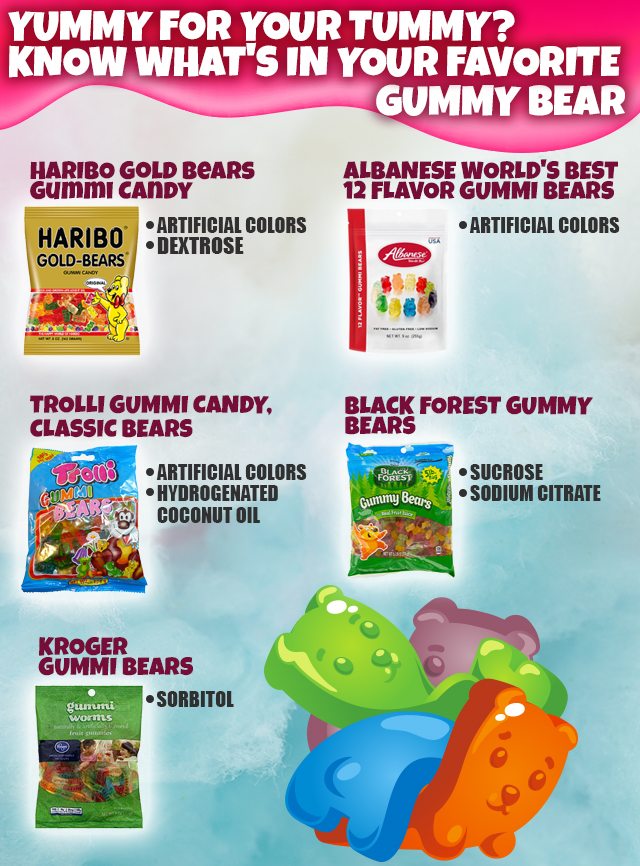
Then there’s the Health Ranger Select Hawaiian Turmeric Gummy Bears. This is one of the better gummy bears out there. In place of artificial colors and hydrogenated oils and sucrose, you instead have high-quality turmeric and the phytonutrients that make it so potent a superfood. Health Ranger Select Hawaiian Turmeric Gummy Bears satisfies your sweet tooth and is not laden with artificial sweeteners and preservatives. These gummy bears have the added benefit of being verified free of heavy metals, contaminants, soy, and dairy, making them safe for everyone.
So the next time a gummy bear craving hits you, reach for your bottle of Health Ranger Select Hawaiian Turmeric Gummy Bears to feed that craving in the best way possible.
Sources include:
Fooducate.com 1
Fooducate.com 2
Fooducate.com 3
Fooducate.com 4
Fooducate.com 5
RD.com
NaturalNews.com
IsItBadForYou.com
LiveStrong.com
Tagged Under: artificial colors, artificial flavors, candies, candy, carcinogens, food, gummy bears, ingredients, nutrition, sorbitol, sucrose, Sugars

